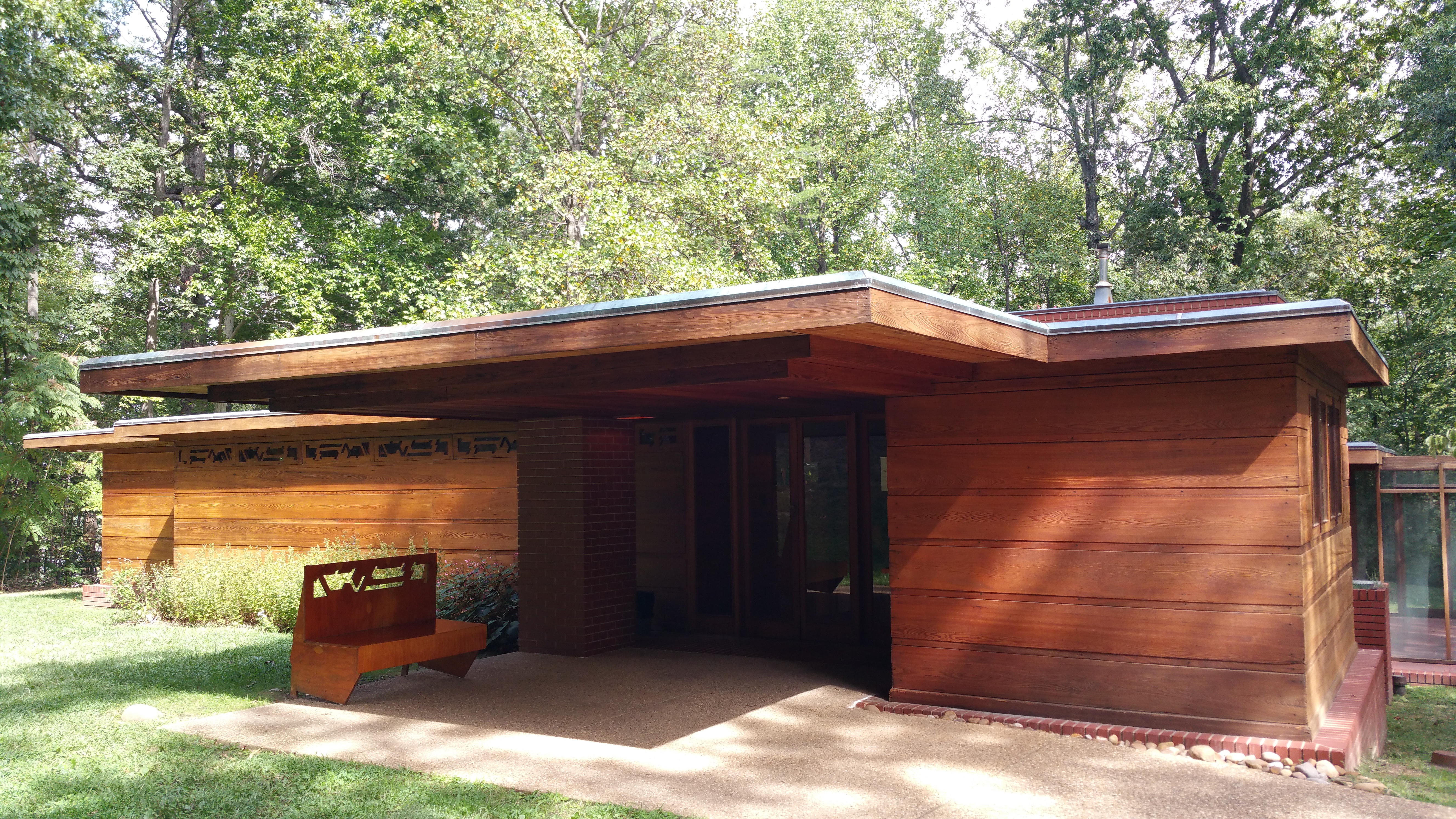
Pope-Leighey House-Alexandria, VA
Frank Lloyd Wright. King of the Cantilever. A scandalous soul who mastered blending built structures into the natural environment. Blurring the line between inside and out. His structures are iconic, and visiting them is almost spiritual to those who love architecture.
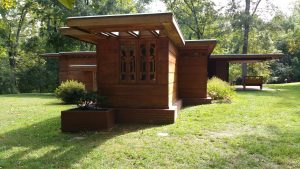
Wright, who lived from 1867-1959, had several different design periods, each with unique architectural hallmarks. Long after his early Prairie School days, a mature Wright started designing homes different than anything else that had been seen up to that point. Magnificent homes, such as Fallingwater, considered by the AIA the “best all time work of American Architecture,” as well as much more humble abodes, designed to be affordable for most.
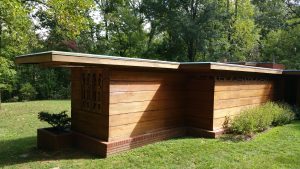
The Pope-Leighey house, named for the original owner who commissioned the project in 1939, Loren Pope, as well as Marjorie Leighey who purchased the property in 1946, falls into the later category. One of around 100 modest homes constructed between 1936 and 1959, known as Usonians, they were designed to be middle class housing for those deemed worthy of owning a Wright. Worthiness was decided by none other than Frank Lloyd Wright himself, of course. Practical houses, functional in design, as well as pleasing to the eye.
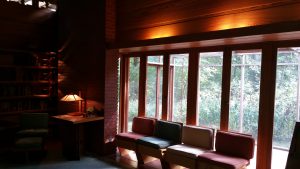
Constructed on a concrete slab without a basement, building materials were kept to the bare minimum to increase affordability. No drywall, plaster, or molding is found in these homes. The bedrooms were purposely designed small, to promote utilization of the common rooms. Common areas were designed to be open, to promote a feeling of spaciousness, even in a relatively small space. Design elements such as differing ceiling heights were used to define areas. Transition areas, such as hallways and entryways, were often designed with low ceilings, to exaggerate spaciousness when ceiling height was increased in functional rooms.
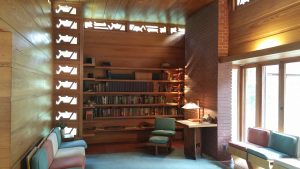
As for how Pope ended up with his own Usonian, it was pure flattery. A fan of Frank Lloyd Wright, he wrote the famous Architect a three page letter, hoping to convince him to design an affordable home for his family. Being moved by his plea, Wright agreed to design a home within Pope’s modest budget of $5000, on land Pope had already purchased in the Virginia countryside. Financing turned out to be a nightmare, as no bank wanted to grant a mortgage for such a radical structure. They were sure it could not be built per the plans, would not remain standing if it were built, and certainly could never be resold if it managed not to collapse. Fortunately Pope’s employer offered mortgages, and the first hurdle was overcome.
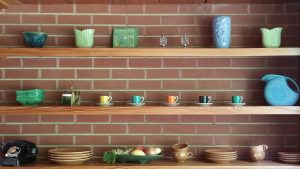
Ah, but that was only half the battle; no builder wanted to tackle the project either. A home that was not based around load bearing walls was not the norm, and was not something most construction firms would entertain. After an exhaustive search, a builder was finally located in nearby Vienna, and with the help of an architect dispatched by Wright from Taliesin, the house was completed in 1940.
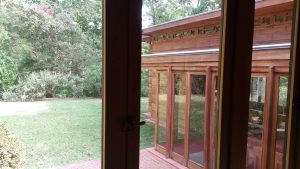
Constructed on a concrete slab, which was poured over the radiant heating pipes, the home consists of brick, glass, plywood, and cedar shingles. Materials were left in their natural state, inside and out. Inside the home, furniture was built in to increase functional space, and tables were designed with the same dimensions, in a modular manner, so they could be combined or separated as needed. Windows were used to bring the outdoors in, increase the sense of spaciousness of the small home, and provide cross ventilation throughout the house, which was built without air conditioning.
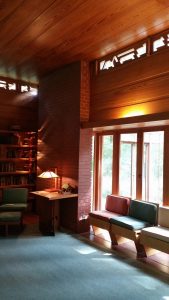
Pope was amazingly happy with his Usonian, but he outgrew the house a short six years after he had it built. Sure he would be able to commission another house from Frank Lloyd Wright, he put the home on the market, where it was snatched up immediately. So much for the white elephant theory. The Leighey’s purchased the house in 1946, and all was well until 1961, when a growing population demanded infrastructure improvements, and the Usonian found itself in the way of the planned Highway 66 in Northern Virginia. Things did not turn out too well for Pope either, who was never able to build a second Wright home.
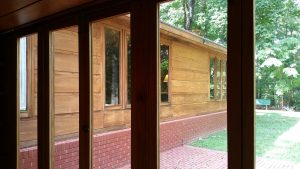
With the threat of condemnation looming, the Leighey’s looked for any way to save the home. While the house did not meet the accepted criteria for a historic property worthy of preservation, it was a unique property, and the Leighey’s lobbied to have it saved. Wright had died by this point, and no new structures would be built under his direction.
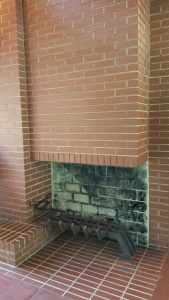
Ultimately, it was deemed the home did have cultural importance, and captured the interest of the National Trust for Historic Preservation. It was dismantled and moved to the grounds of the very first National Trust property, Woodlawn. Mrs. Leighey was granted the right of life tenancy, and upon her death the house would be opened to the public. A happy ending for all. Well, almost. The first relocation site proved unsuitable due to the unstable underlying marine clay layer. It had to be dismantled once again, moved 30 feet, and rebuilt in 1995. A lot of drama for such a practical house! However, it has been smooth sailing every since, and the old gal is looking wonderful.
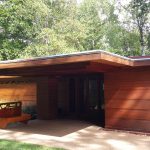
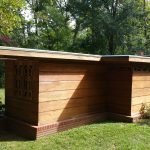
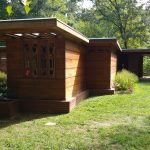
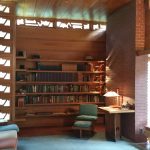
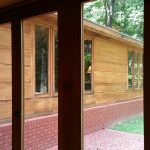

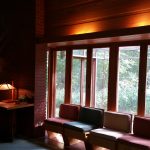
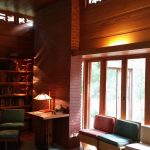
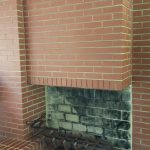
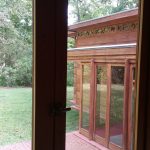
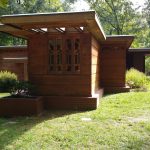
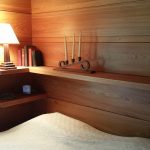
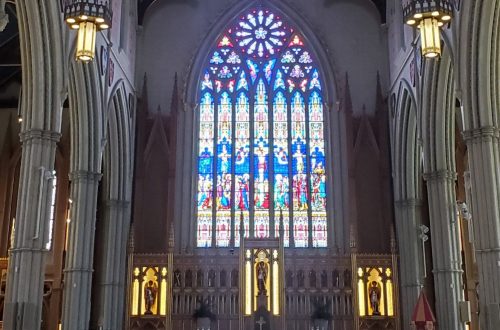
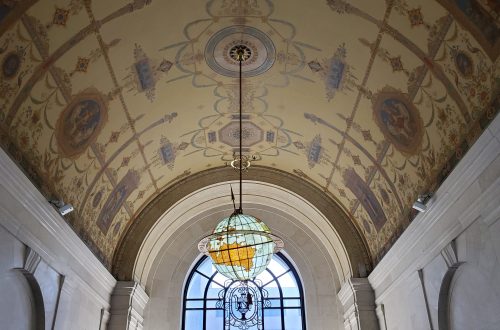
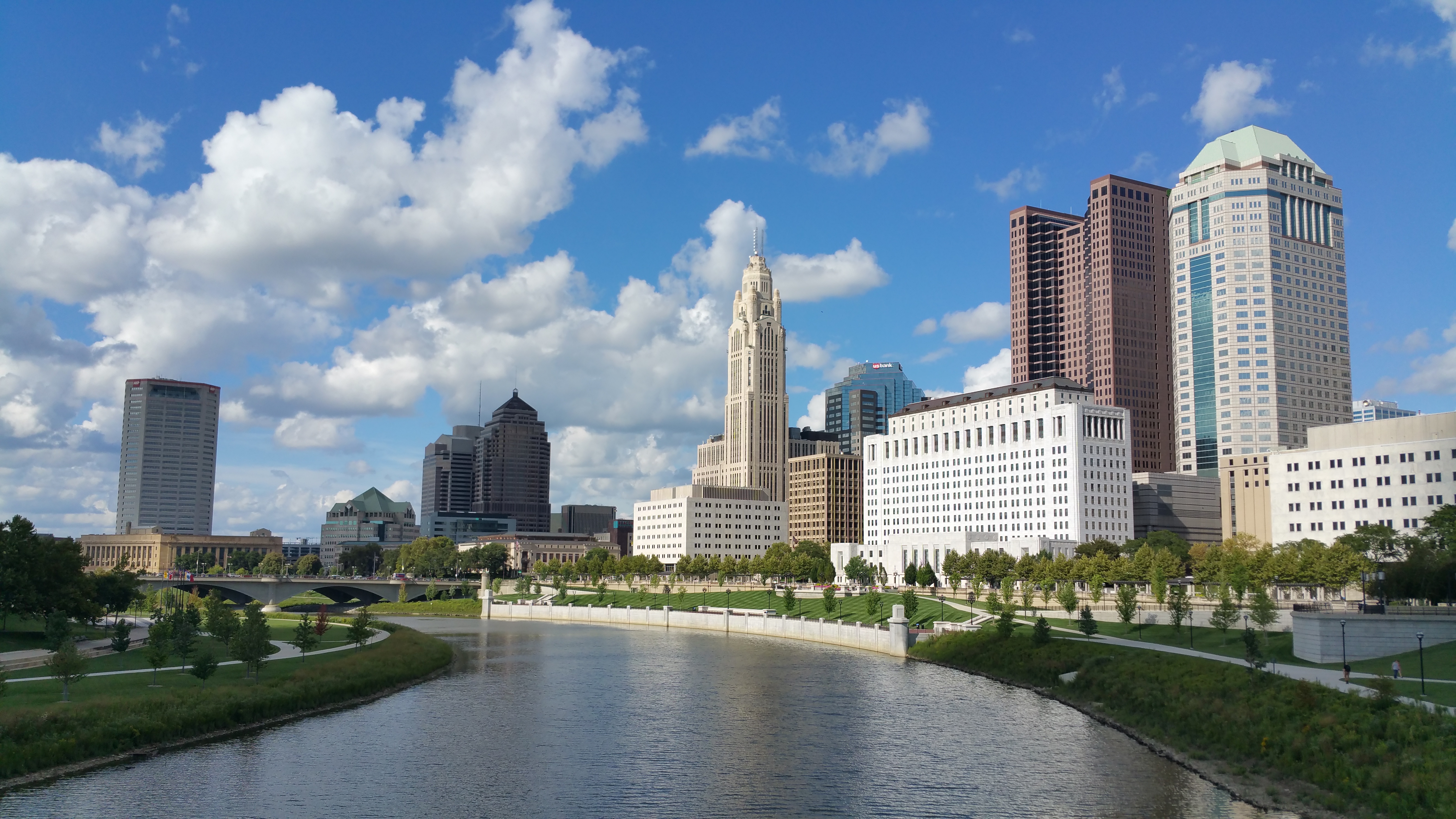
One Comment
Pingback: